No Virus - Blog - Aprovado - Approved

Welcome! Bem-vindo!
PU1JFC And Radio
QTH - Copacabana Beach
World Clock
On Line
Webcams
Contacto
1 Corinthians 13 - PU1JFC ™ ©
EPHESIANS 5 15-20
CONTADOR - COUNTER
Guest Book Of Life - ™ ©
Livro de Visitas - GUEST BOOK
Política de Privacidade
D-STAR Glossary
D-STAR
Glossary
( D-STAR - Glossário )
Air Link: The portion of data transmission that takes place as a radio signal. The D-STAR air link includes both modulation methods and data packet construction.
Area: The geographical region served by one D-STAR repeater.
Authorization: Adding a user to the D-STAR registry.
Bridge: A connection between just two devices, such as between two ID-1 transceivers.
Client: A program that requests data (programs, Web pages, documents, etc.) from servers.
Codec: Code/Decode, a circuit or program that translates an analog signal to and from digital form, usually refers to an audio signal, such as voice or music. Different codecs, such as AMBE or MP3, have different rule for the translation between analog and digital.
Controller: The part of a D-STAR repeater that handles and routes the voice and data streams either between modules or between modules and gateway.
DD (Digital Data): The D-STAR high-speed digital data signal.
DV (Digital Voice): The D-STAR digital voice + low-speed data signal.
Echolink: (www.echolink.org) and IRLP (Internet Relay Linking Project - www.irlp.net), systems that allow repeaters to share digitized voice signals using Voice-Over-Internet Protocol (VOIP) technology.
Encapsulate: To incorporate data packets from one protocol inside the data packets of another.
Ethernet: The set of protocols that control local area network (LAN) connections, described by the IEEE 802.3 standart.
FEC: Forward Error Correction, the process of adding information to data so that the receiver can correct errors caused by transmission process.
Gateway (GW): The part of a D-STAR repeater that connects the controller to other gateways via the Internet; or equipment of to connect between a zona repeater and the Internet. Usually it is normal PC including D-STAR GW software.
IP: Internet Protocol, the protocol that controls how data packets are exchanged on the Internet.
Module: A D-STAR module is the part of a D-STAR repeater that implements voice or data communication over the air.
Register: Capture the call sign of a received signal and post it to the system registry for other D-STAR repeters to use for the purposes of routing calls.
Registry: A shared data base of authorized user call signs and gateways.
Repeater area: A region of available to access a repeater to the terminals.
Repeater site: A place of setting some repeaters and/or backborne repeaters.
Route: To direct data packets to specific destinations.
Server: A computer that supplies data (programs, Web pages, documents, etc.) to clients when requested.
Zone: A group of D-STAR repeaters linked together and connected to other D-STAR system by a single gateway; or a region of connected multi repeaters by backbone repeaters.
Zone repeater: Connected a repeater to the Internet in a zone.
Glossary
( D-STAR - Glossário )
Air Link: The portion of data transmission that takes place as a radio signal. The D-STAR air link includes both modulation methods and data packet construction.
Area: The geographical region served by one D-STAR repeater.
Authorization: Adding a user to the D-STAR registry.
Bridge: A connection between just two devices, such as between two ID-1 transceivers.
Client: A program that requests data (programs, Web pages, documents, etc.) from servers.
Codec: Code/Decode, a circuit or program that translates an analog signal to and from digital form, usually refers to an audio signal, such as voice or music. Different codecs, such as AMBE or MP3, have different rule for the translation between analog and digital.
Controller: The part of a D-STAR repeater that handles and routes the voice and data streams either between modules or between modules and gateway.
DD (Digital Data): The D-STAR high-speed digital data signal.
DV (Digital Voice): The D-STAR digital voice + low-speed data signal.
Echolink: (www.echolink.org) and IRLP (Internet Relay Linking Project - www.irlp.net), systems that allow repeaters to share digitized voice signals using Voice-Over-Internet Protocol (VOIP) technology.
Encapsulate: To incorporate data packets from one protocol inside the data packets of another.
Ethernet: The set of protocols that control local area network (LAN) connections, described by the IEEE 802.3 standart.
FEC: Forward Error Correction, the process of adding information to data so that the receiver can correct errors caused by transmission process.
Gateway (GW): The part of a D-STAR repeater that connects the controller to other gateways via the Internet; or equipment of to connect between a zona repeater and the Internet. Usually it is normal PC including D-STAR GW software.
IP: Internet Protocol, the protocol that controls how data packets are exchanged on the Internet.
Module: A D-STAR module is the part of a D-STAR repeater that implements voice or data communication over the air.
Register: Capture the call sign of a received signal and post it to the system registry for other D-STAR repeters to use for the purposes of routing calls.
Registry: A shared data base of authorized user call signs and gateways.
Repeater area: A region of available to access a repeater to the terminals.
Repeater site: A place of setting some repeaters and/or backborne repeaters.
Route: To direct data packets to specific destinations.
Server: A computer that supplies data (programs, Web pages, documents, etc.) to clients when requested.
Zone: A group of D-STAR repeaters linked together and connected to other D-STAR system by a single gateway; or a region of connected multi repeaters by backbone repeaters.
Zone repeater: Connected a repeater to the Internet in a zone.
Assinar:
Postagens (Atom)

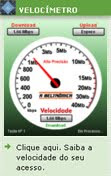





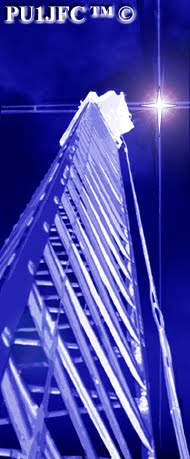


















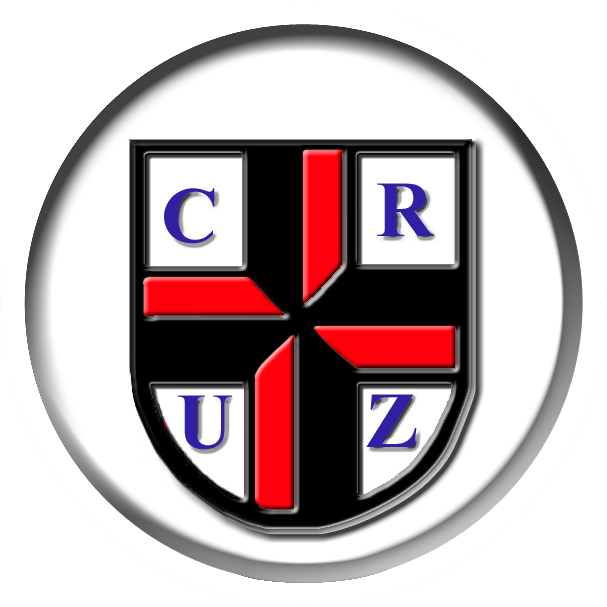














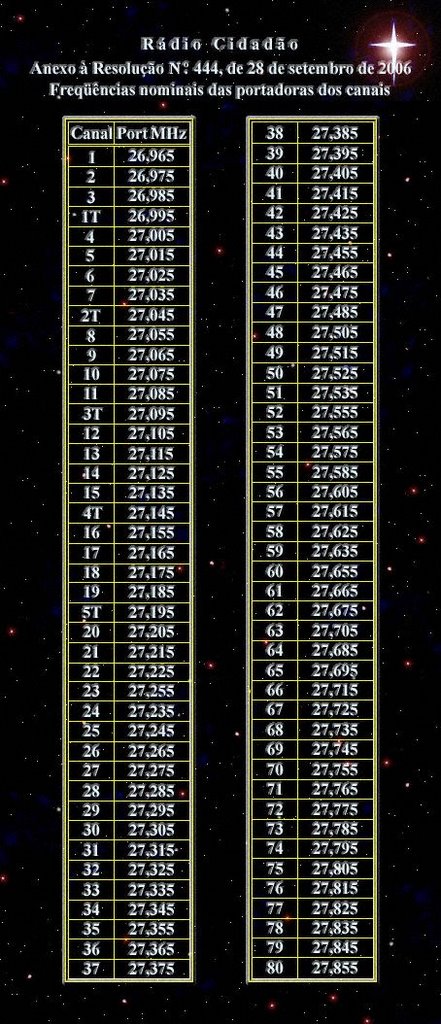

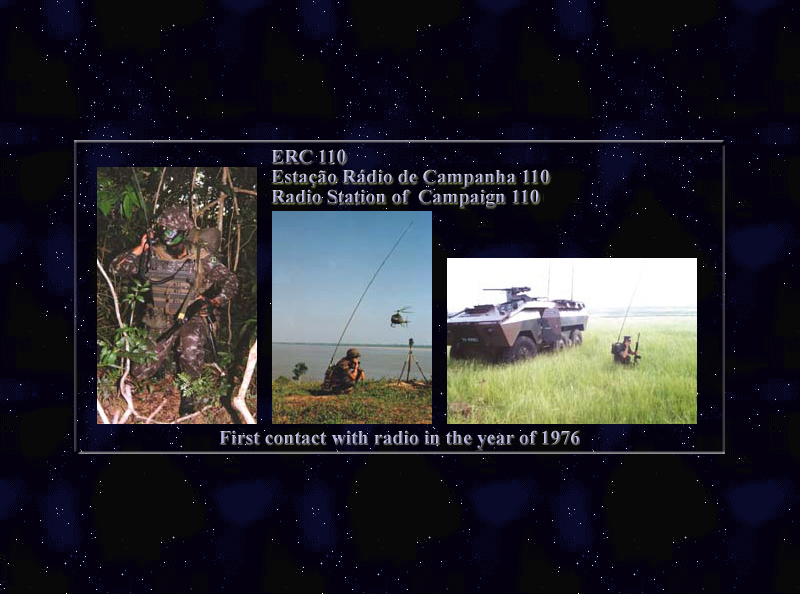
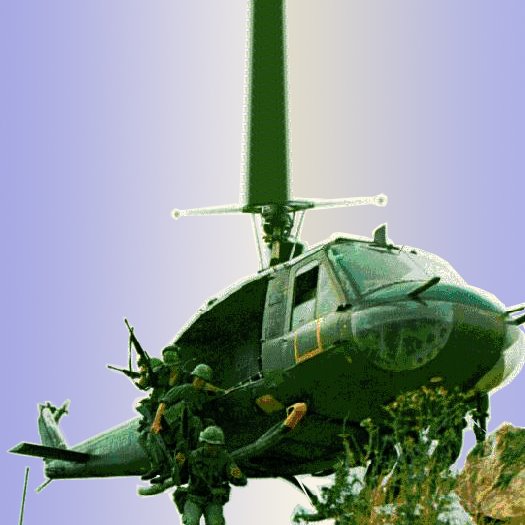



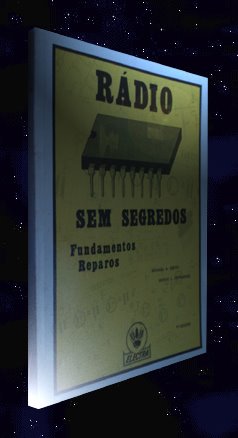
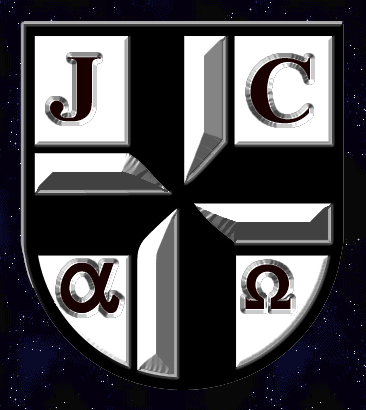

0 Comentários:
Postar um comentário